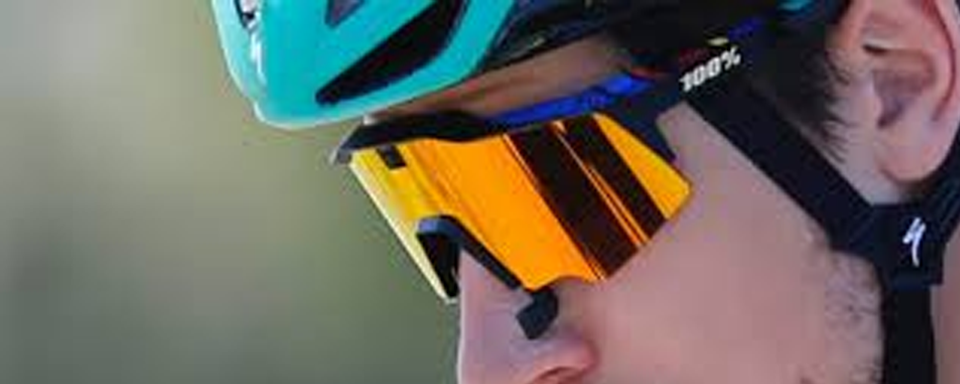
Trending: CBD and Omega 3
April 22, 2022
Zephyr Labz 2022 End of the Year Reflection
December 15, 2022Are You Fit But Want to Be Super Fit?

Are You Fit But Want to Be Super Fit? Learn From the Legendary Tarahumara

Endurance athletes such as myself are constantly trying to learn about what nutrition/supplement/sports drink mix might be able to help with going longer and stronger as well as recover faster. For example, beets/beet juice/extracts are popular among endurance athletes because of the high nitrate content (which converts to nitric oxide, a chemical that allows the blood vessels to dilate, leading to more efficient oxygen delivery to the muscles).
The legendary tribe from the Copper Canyon in Mexico, the Tarahumara, made famous by the book, Born to Run, are true modern warriors that still live like their ancestors, relying on the ability to run long distances in order to hunt/gather to great effect. These amazing ultramarathon athletes wear simple clothing including sandals while running long distances. They live simple lives, and unlike most of us, have not gotten caught up in the complexities of modern/high-paced living.
One of the major changes from our ancestors that many experts have noticed is our breathing rates/techniques. As our lives have gotten fast-paced, our breathing has gotten faster and shallower, and more breathing out of our mouths rather than our noses. We often don’t breathe deeply enough to use all 5 lobes of our lungs, but just the top ones, and there is a major difference, at least in gas exchange.
The Tarahumara (have and still) use a tried-and-true breathing technique that is the most efficient for the endurance athlete, exclusive nose breathing. They’ve been doing this for centuries. Do you think they may be onto something? Science has caught up and verified that nose breathing is in fact much more efficient/effective than mouth breathing; one reason being is oxygen nourishes the muscles more efficiently. The main reason is Nitric Oxide! Like mentioned before, endurance athletes see and feel the proof that nitric oxide is performance enhancing. It turns out that when you breathe through your nose (like we’re designed to do) you not only filter the air of impurities, warming it (or cooling it, depending on the environment) to body temperature, but your sinus cavities produce nitric oxide when you nose breathe, but not so much when mouth breathing.
The Basic Science Behind Nose vs Mouth Breathing (Nitric Oxide vs. No Nitric Oxide)
I’m going to keep this as simple as possible. Basically when nitric oxide is produced (nose breathing), your blood vessels dilate. The dilated vessels allow for blood to flow easier, transporting nutrients (and toxins) where they need to go. Wider vessels also mean your blood pressure lowers, your nervous system is in a relaxed state (parasympathetic), but if you’re mouth breathing, you’re in fight-or-flight (sympathetic) mode, have narrower blood vessels (vasoconstriction), and higher blood pressure (bad for heart health). Mouth breathing might be good for emergencies (fight or flight), but in terms of endurance gains, performing while your nitric oxide is high, means efficient oxygen transport to the muscles. It also means more efficient removal of waste products, such as lactic acid, so faster/more efficient recovery.
Nose breathing also allows for a more natural diaphragmatic (belly) breathing, whereas mouth breathing is much more associated with shallow chest breathing. One major difference between the two (upper/chest breathing and diaphragm breathing) is that the latter allows for more nitric oxide and oxygen to saturate more blood (since much more blood is in the lower lobes of the lungs due to the effects of gravity).
It takes some time to transition from mouth to (at least almost) exclusive nose breathing, but give it a fair shot. At first it may feel like you’re breathing through a straw, but your body acclimates, and weirdly, instead of breathing 60 breaths per minute when you’re going hard, you might be comfortably breathing 15 breaths per minute. You’ll soon see that you don’t need to breathe as much to be able to receive the maximum amount of oxygen. If you are a competition athlete, it’s so satisfying to pass a super fit person while you’re nose breathing and they’re mouth breathing. Some experts think it can take at least 6 weeks to transition from being a mouth-breathing athlete to a mostly nose breathing one, but it really depends on the musculature of your lungs. Even if you’re a fit athlete, your lungs may be lacking some serious tone if you’ve been a chronic mouth breather. So be patient and little by little you’ll see that you can exercise while nose breathing more and more. Even if you are not able to nose breathe most of the time, but you’re increasing the time you’re spending breathing nasally, you’ll be gaining a powerful edge.
Get into the “Flow State” Easier with Nose Breathing
If you, like almost all endurance athletes I know, are pretty addicted to exercise at least partly because of the emotional wellness gains you get from pushing your body, you will get much more bang for your buck of emotional balance when you nose breathe. As you produce higher amounts of nitric oxide by nose breathing (and consume foods high in nitrate) and keep your vessels maximally wide, you’re not only allowing oxygen to circulate more readily, but you also circulate the chemical that you produce in very high amounts when you exercise that is responsible for producing the euphoric state we experience that is commonly known as “the runner’s high,” aka “the flow state.”
Getting High With Anandamide
Anandamide, (i.e. the “bliss molecule”) is produced in high amounts when we exercise, and unlike previously what we thought was responsible for the runner’s high, it isn’t adrenaline, but anandamide. Simply put, when we produce high amounts of anandamide as we’re exercising, we can leverage the benefits the most by allowing our vessels to be as wide as possible, thereby allowing the most efficient circulation of the bliss molecule to most effectively do its job of emotional balancing, decreasing inflammation/reducing pain, and so much more.
NOSE, the acronym, Nitric Oxide Systemic Enhancement NOSE Breathing
I came up with the acronym to remind people of a few things. Firstly Nitric Oxide should be associated with nose breathing as it is produced in high amounts only when you breathe through your nose, but not your mouth. Also, Nitric Oxide enhances the circulatory system, thereby enhancing all organs, glands and muscles, nourishing them with oxygen, anadamide, and other nutrients. By the way, this is the same mechanism of action of erectile dysfunction drugs like Viagra, so expect enhancement in this department as well when you breathe correctly!
Many athletes that know the benefits of nasal breathing even go an extra step and wear nasal strips designed to dilate nasal cavities, allowing for more air to pass easier through. Companies like Breathe Right have gained popularity among endurance athletes as well as people who want to snore less and sleep better.

3-time road world champion cyclist, Peter Sagan shown with sunglasses that have attachments to dilate nasal cavities. He is known as one of the best sprinters in the world. He is usually seen breathing calmly through his nose, conserving more energy (slower heart rate and lower blood pressure) than his competitors, and he often has a stronger kick at the end of the (often 6 + hour long) races possibly assisted in part because he’s fresher than his competitors that have been mouth breathing most of the race.
The Power of “Hummble” Breathing
Want to dramatically increase your NO levels instantly? While still exclusively nose breathing, add humming to the mix. Hum along to your music (not singing, but making sure to keep your mouth closed). An eye-opening study here reported in their findings that when you humm, you produce up to 15 times the amount of NO in comparison to normal nasal breathing. There’s something with the extra vibration in the paranasal sinuses that produces so much more nitric oxide! It’s no wonder that humming is very calming to the nervous system to the point that it can calm anxious people even from the point of an anxiety attack. As an athlete, every time I think of it, I hum-breathe especially while going hard. Some people may think it’s a strange technique, but if there is even a 15 % increase (let alone 15 times?!) in NO production, it’s definitely worth the slight extra effort.

Tom Pidcock, mountain bike olympic gold medalist at only 21 years old, races while NOSE breathing a very high percentage of the races and always seems to be one of the best sprinters at the end.
When you’re not on your bike, increase your capacity to breathe more through your nose with this basic breathing exercise..
Once or twice a day, practice long exclusive nose breaths, elongating the breath for as long as possible..the longer and the slower the better.. Also incorporate breath holds both at the end of the inhalation and exhalation as long as you comfortably can. Whenever you want, also incorporate humming breathing as your exhalation. Breath holds will help your body produce more red blood cells (which means more oxygen), getting the same benefits as if you’re doing high altitude training. In general the long sustained deep breath will help to increase your lung tone (much like a swimmer or freediver). Exercising this often underdeveloped muscle will also allow for a much higher percentage of being able to nose breathe. The higher the percentage, the more efficient of an athlete you are going to be by using better gas exchange and oxygen delivery.


